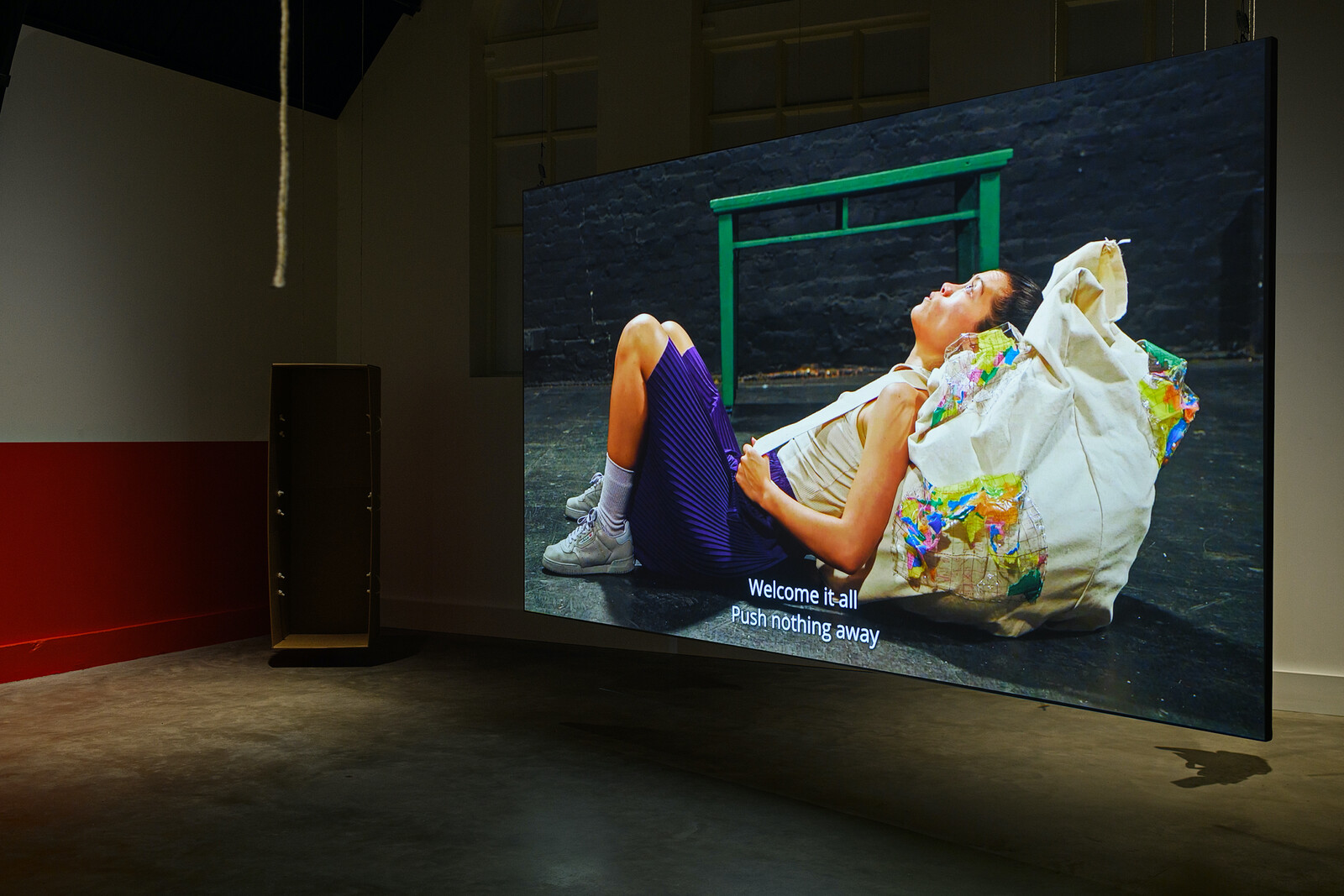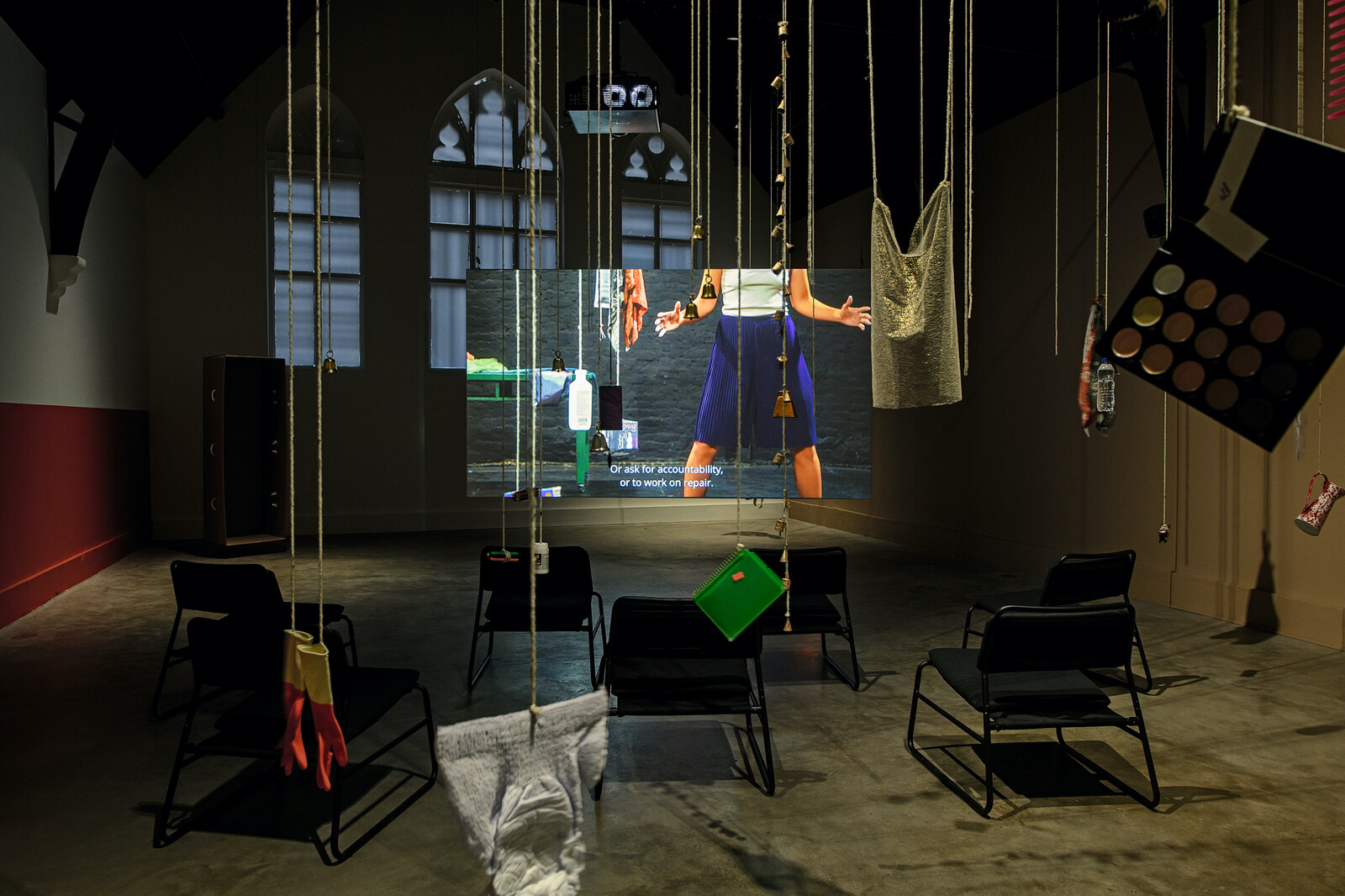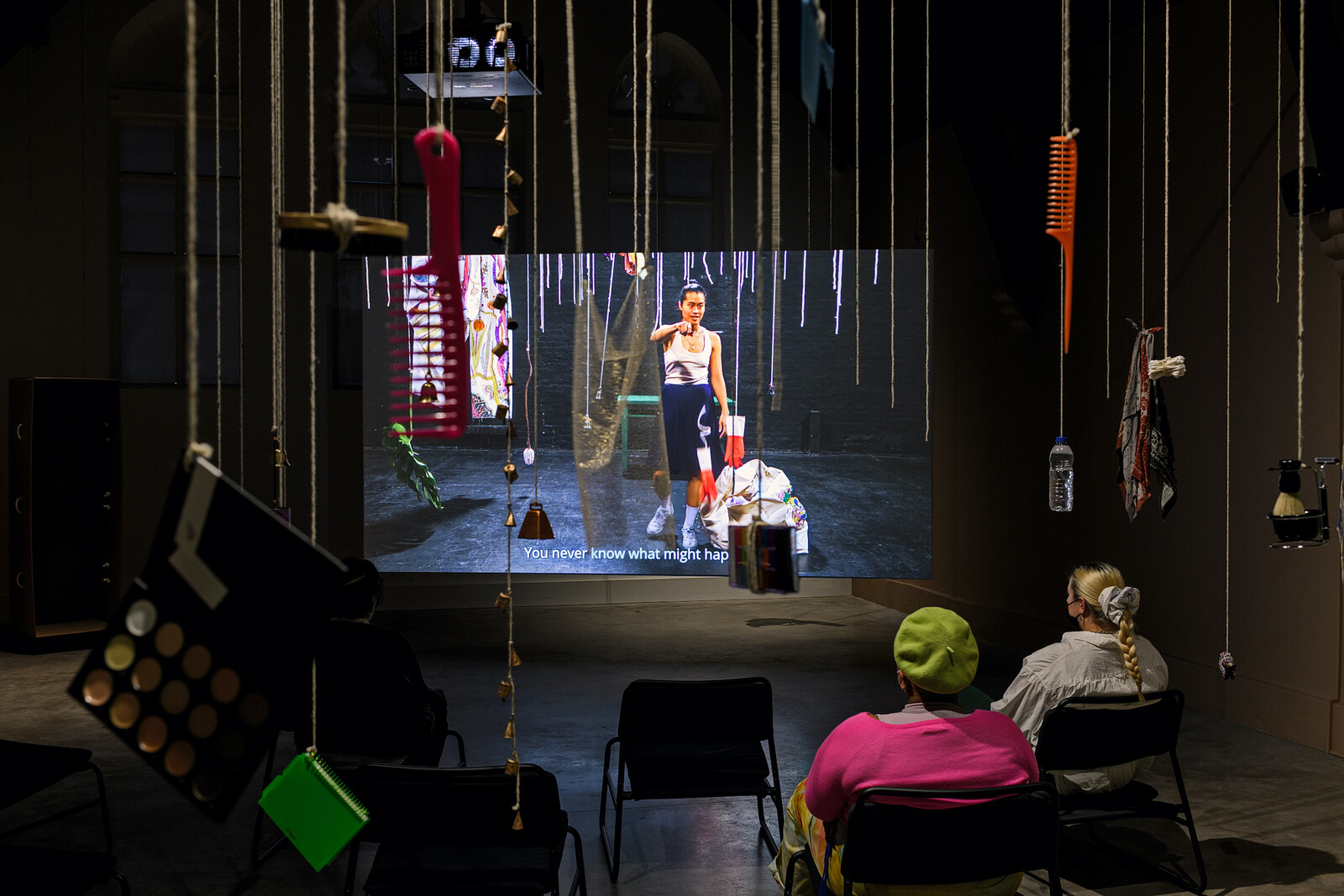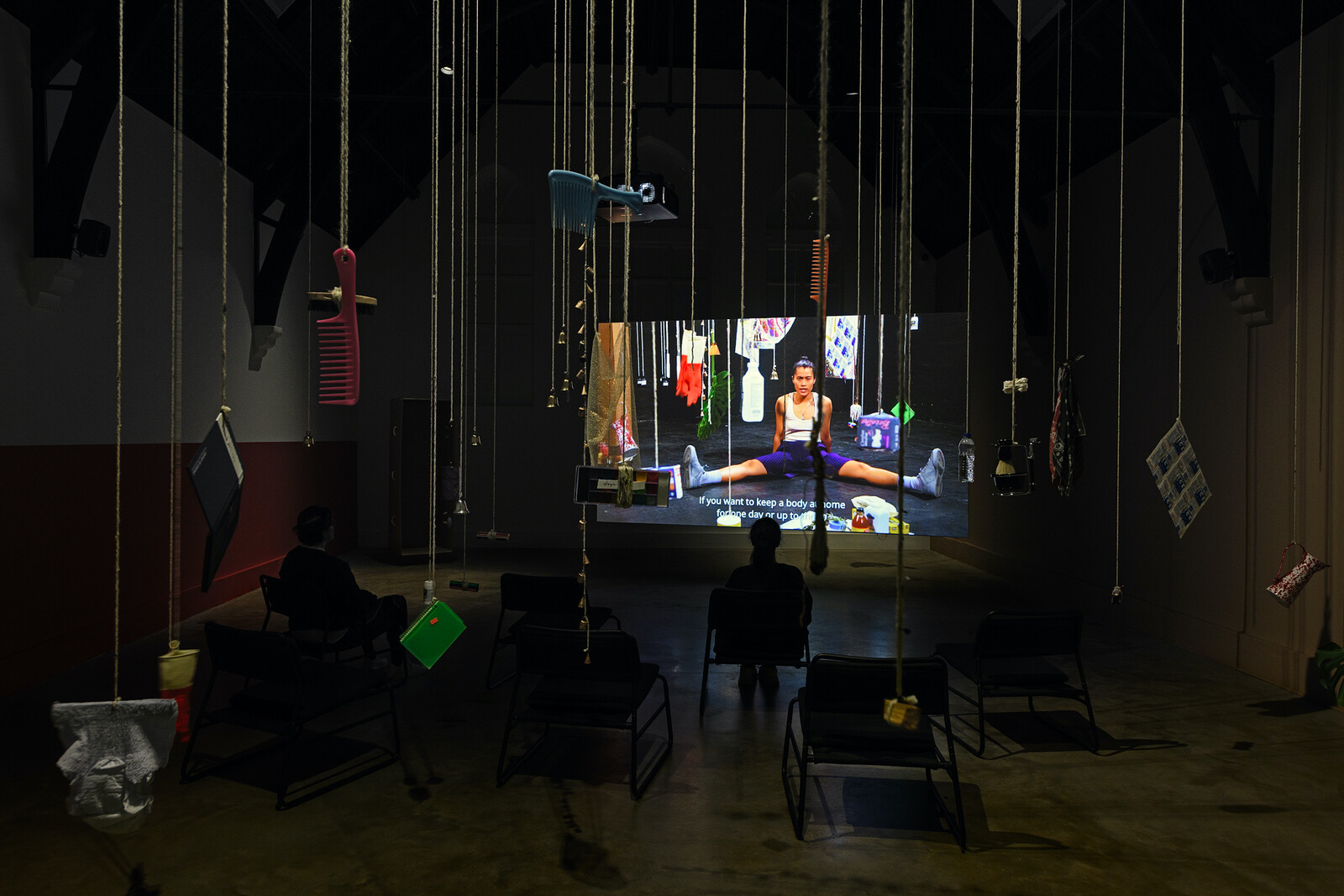In the introduction to her friend the photographer Peter Hujar’s monograph Portraits in Life and Death (1976), Susan Sontag wrote that: “We no longer study the art of dying, a regular discipline and hygiene in older cultures; but all eyes at rest contain that knowledge. The body knows and the camera shows inexorably.” Sontag wrote those lines from a hospital bed while awaiting surgery to remove a malignant tumor from her breast. The surgery was successful, but she would die from cancer a quarter century later, terrified, furious, and absolutely unresolved.
On June 5, 1981 the first clinical report on AIDS was published in the Morbidity and Mortality Weekly Report. In the years that followed, the gay and queer communities and other vulnerable minorities were forced to “study the art of dying,” to construct communities of mourning and activism and develop clusters of “lay-expertise” in pharmaceuticals and their trialing, endocrinology, blood science, and the legal and ethical structures of the medical and death industries. As the art historian and ACT UP New York member Douglas Crimp argued, “AIDS intersects with and requires a critical rethinking of all of culture: of language and representation, science and medicine, health and illness, sex and death, the public and private realms.”1 The whole big bag.
Peter Hujar died of complications arising from AIDS in 1987. Every Ocean Hughes (formerly Emily Roysdon, she changed her name to honor her grandmother Enid Hughes, whom she tended to when dying and who loved the sea) has spoken of how David Wojnarowicz’s death portraits of him “opened this door to art and grief and queer culture,” and she has made works that reference and recontextualize both Wojnarowicz (Untitled, David Wojnarowicz Project, 2001–7) and Sontag (A Gay Bar Called Everywhere (With Costumes and No Practice), 2011/2022). Her new single-channel film and installation “One Big Bag,” commissioned jointly by Studio Voltaire in London and the ICA in Los Angeles, and filmed at the Kitchen in New York, carries these histories implicitly, though it rarely refers to the past so directly.
The film stages the words of a young death doula, played here by a compelling Lindsay Rico, as she describes the day-to-day elements of her practice and the materials she uses— which commercially available glue is best for reconnecting flesh after autopsy, the gloves she prefers, tampons for blocking the anus, talcum, make-up, water jug, ceremonial bells, ice for the body, scented oils, and so on. In the film these are hung from the ceiling, corresponding to the height of the part of the corpse to which they would be applied. At the end, Rico cuts them down and places them in the “big bag.” At Studio Voltaire they are hung in the same way. The crossover, or echo, between the film and the installation gestures toward the histories of LGBTQIA+ performance and creativity which the Kitchen and Studio Voltaire share and inherit.
The doula also describes what she does in terms of the legal side of a death, navigating the death industry, the filling out of forms, ensuring that the deceased’s wishes are met, interceding with the biological family if this is necessary. In the case of queer death, she notes, a family that has been entirely absent from someone’s life often stakes their claim once that person has died, shutting out those who have actually shared the deceased’s life. Part of the doula’s job is to ensure the deceased’s “chosen family are recognized.” Community, she says, is “so important, to hold them in love.”
Listening carefully, making something meaningful, building and honoring alternative models of kinship to the patriarchal, nuclear family that is the source of so much psychic and physical damage: all this is a description of Hughes’s film itself. Via the death doula, it is able to engage in a critical rethinking of, as Crimp said, “all of culture: of language and representation, science and medicine, health and illness, sex and death, the public and private realms.” But it does so with tenderness: with love for a community, for its histories, for the body itself, for life. It is a deeply embodied film, in its treatment of the corpse and sheer appeal to materiality—at one point the doula says that “you can know death only with the senses, the mind can’t understand”—but also in the sense that it embodies its world, its kin, with a kind of tenderness that is unsentimental but deeply committed.
Miguel Gutierrez’s choreography and Rico herself “embody” the film’s intent. Rico thumps her chest, marches around the space, cuts the strings upon which the objects hang with precision, sits with her legs wide, raising her knees and then forcing them violently back upon the floor. Her body is deeply present: its sureness of movement, the tone of her muscle, vividly animated matter. “Embodiment,” writes the poet Lisa Robertson, “is ongoing formal experience, and it’s always political […] The body is my mysterious concept.”2 The lesson of Hughes’s film is that bodies remain political after death, and that critique, love, and tenderness are not mutually exclusive terms. It takes its place within its cherished histories and it reconfigures them.
Douglas Crimp, “Introduction,” October (vol. 43, Winter 1987), 15.
Laura Broadbent, “The Body Is My Mysterious Concept: Three Questions with Lisa Robertson,” Scapegoat 9 (May 2016), 109.



